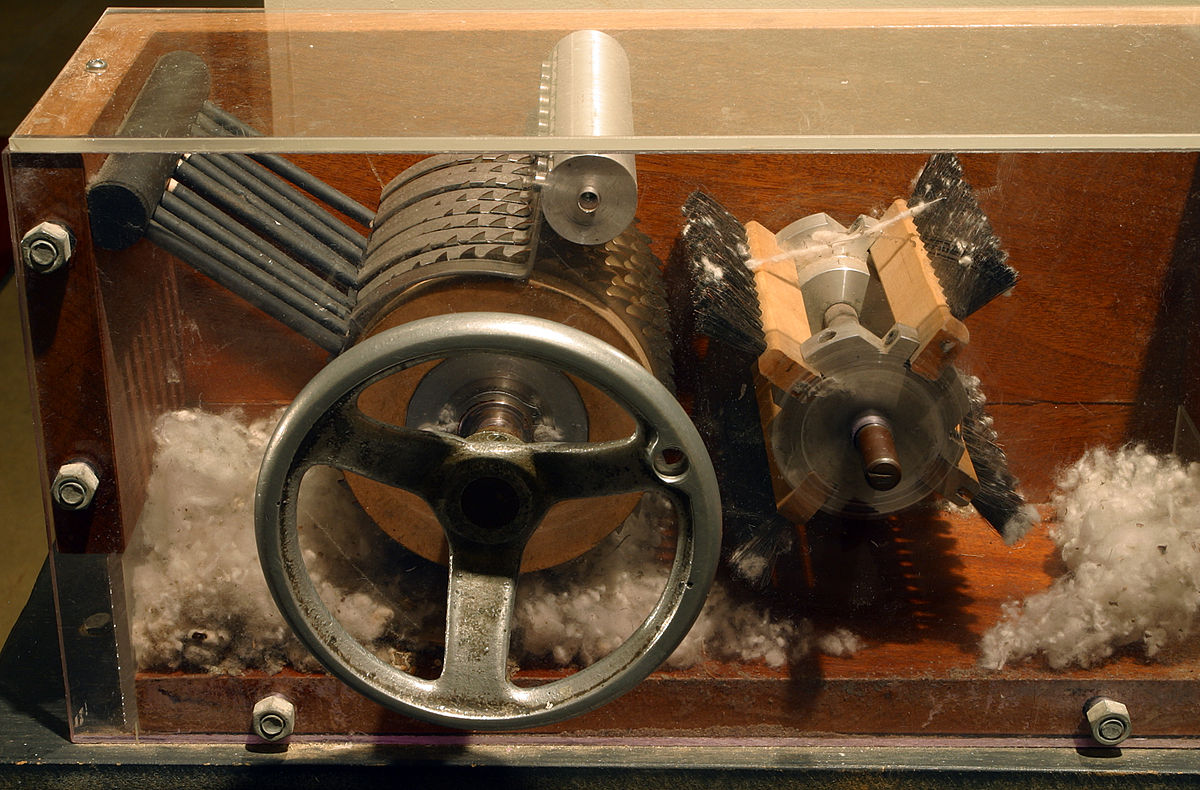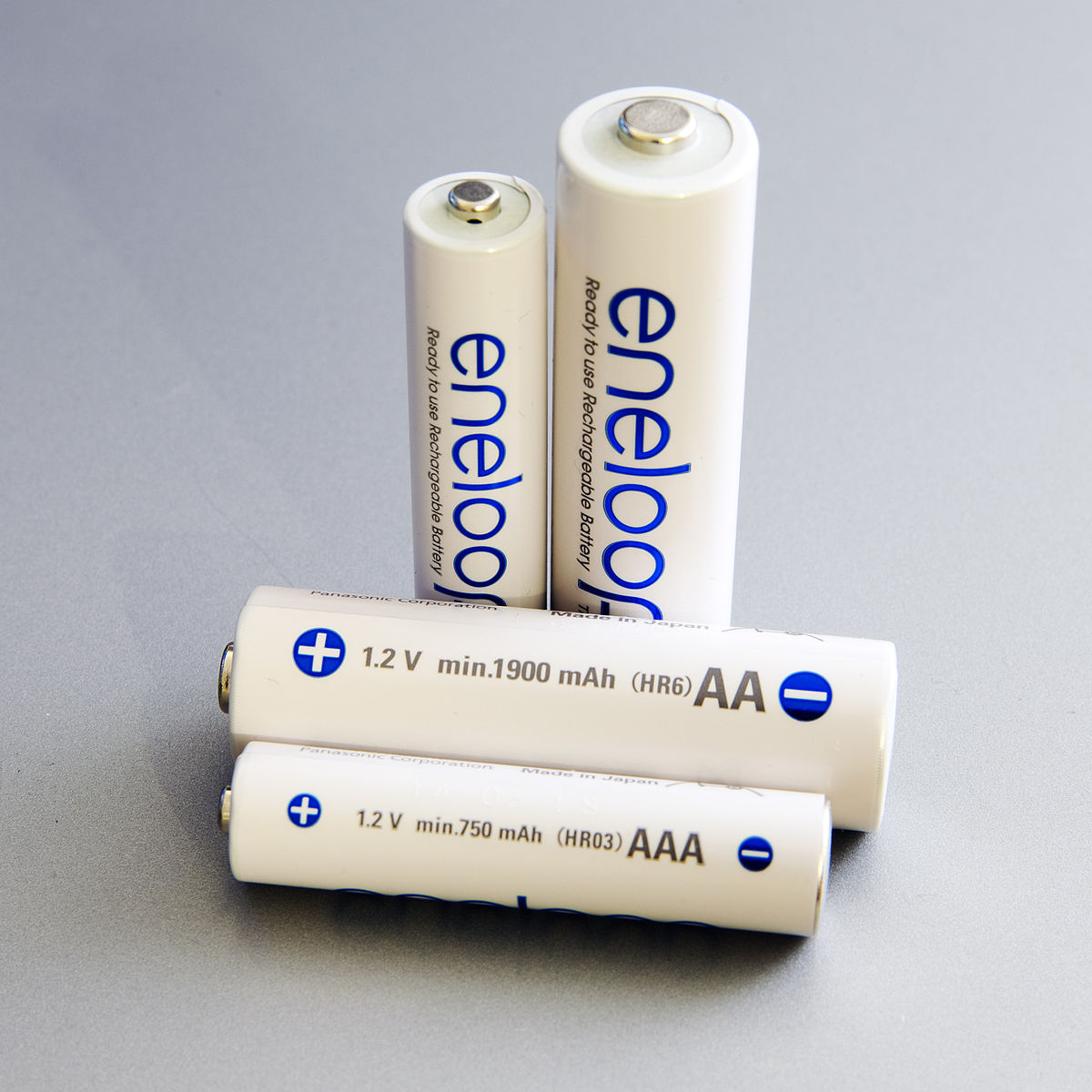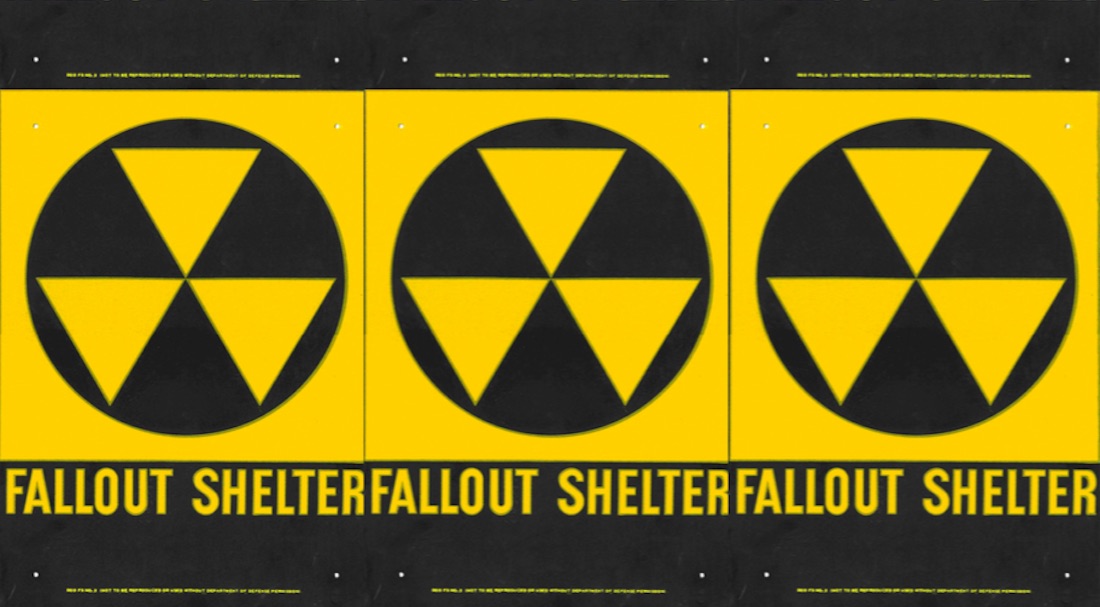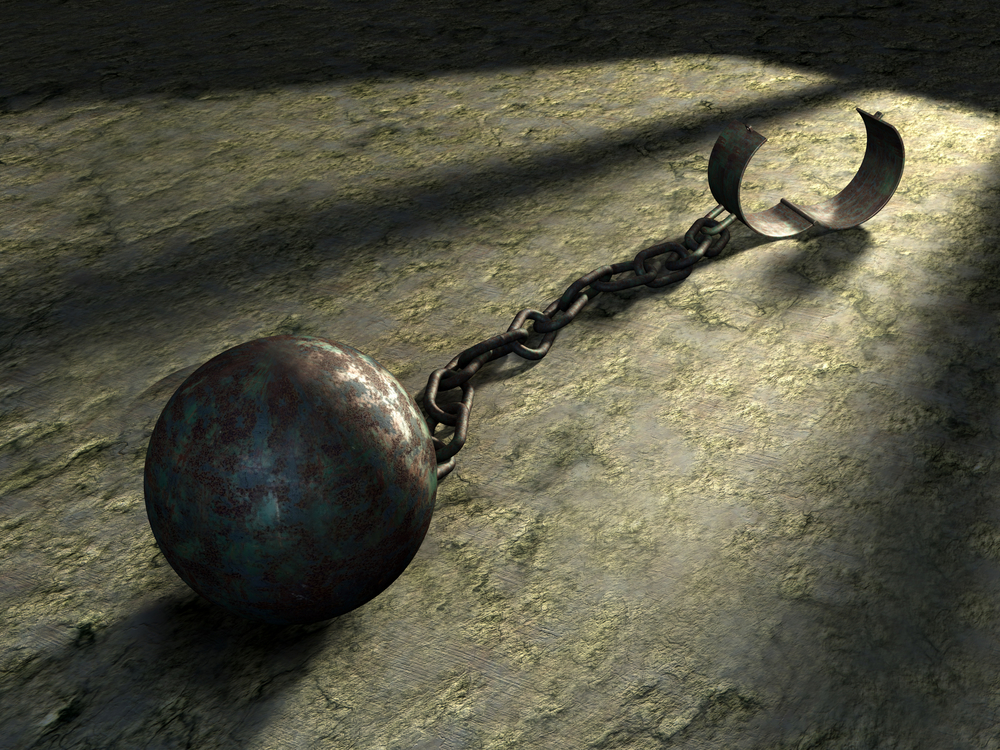SurvivalBlog presents another edition of The Survivalist’s Odds ‘n Sods— a collection of news bits and pieces that are relevant to the modern survivalist and prepper from “HJL”. The socialist utopia of Venezuela makes the news again over the black market from prescription drugs due to shortages.
California Fires
Wildfires raging across Southern California have shut down major commuter arteries, suspended movie filming, wiped out more than $3 billion of market value and are threatening some of the sates lucrative crops in addition to destroying homes. Ventura County, home to a third of California’s Avocado has seen tens of thousands of acres burned and the states citrus growers have been affected as well. Apparently the reason Edison’s stock has taken a hit is the suspicion that its power lines may be to blame for some of the blazes and it will bear the cost of the fires.
North Korea
North Korea is making rumblings that the U.S. B-1B heavy bombers that the U.S. deployed in exercises with South Korea have made the outbreak of war “an established fact”. This was an annual exercise that South Korea and the U.S. participate in and it draws condemnation from North Korea every year, but the B1-Bs were new this year. China is officially urging calm and Russia has said it will facilitate peace talks between North Korea and the U.S. though I’m not sure either country wants peace at this time. North Korea is like a spoiled child in that it keeps throwing temper-tantrums to gain concessions like it normally does and the U.S. keeps provoking instead of giving in.















